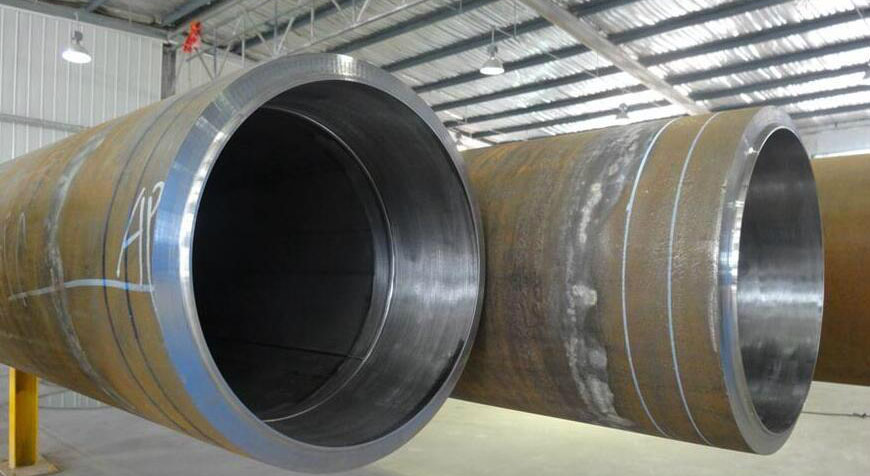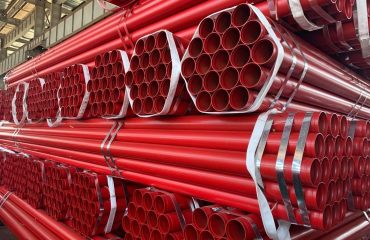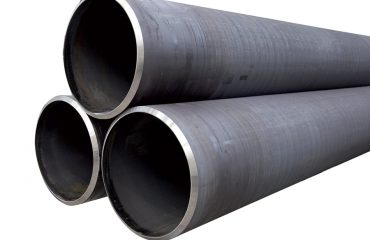
CRA pipes offer improved corrosion resistance in pipelines while introducing new challenges. For a wide range of CRAs, pitting dimensions are smaller compared to carbon steel pipe and are well below detection limits of low-resolution inspection tools.
A. Definitely. As you know, the era of cheap, easy oil is over. The International Energy Agency estimates that 70 percent of the world’s remaining oil reserves consist of crude oil with either high sulfur or CO2 content that requires high quality, corrosion-resistant materials. In order to keep up with demand, oil companies must identify new technologies to develop these heavy oil reserves. The same is true of gas – gas from more than 50 percent of the world’s gas fields is highly corrosive. In these challenging environments, oil and gas developers need to leverage every available technical solution to maintain optimal production. A key element is the integrity of risers and flowlines, which is where corrosion-resistant clad pipe comes into play.
What is the market for pipe-cladding technology?
In a word – huge. The market for metal cladding with corrosion-resistant alloys is more than $3.8 billion, which includes the $2 billion clad pipe market. This market is expected to double in size as the global oil and gas capital expenditure is expected to increase from $1,036 billion in 2012 to $1,201 billion in 2013, registering a growth of 15.9 percent. The trend of increasing capital expenditure is expected to continue for the foreseeable future, especially driven by reserves that are deeper and farther away from the shore. Infield Systems Deepwater and Ultra-deepwater Market Report states that the largest proportion of deepwater investment to be directed towards pipeline installations; comprising 39% of total global deepwater expenditure – and clad pipes would constitute a healthy share of this offshore pipeline investment.
The use of corrosion resistant alloys (CRA) is increasing in the pipeline industry as more and more pipelines are operated under highly corrosive conditions especially in offshore areas. Compared to solid CRA, clad and lined pipes are less expensive and they provide a good balance between good mechanical properties of the carbon-steel carrier pipe and the corrosion resistance of the internal CRA layer. Clad pipes consist of an internal CRA layer which is metallurgically bonded to the backing carbon-steel. Different manufacturing processes (e.g. hot rolling or weld overlay) are used to bond the CRA layer to the carbon steel. In contrast to clad pipes, lined pipes have a CRA lining that is mechanically bonded to the carrier pipe.




You must be logged in to post a comment.